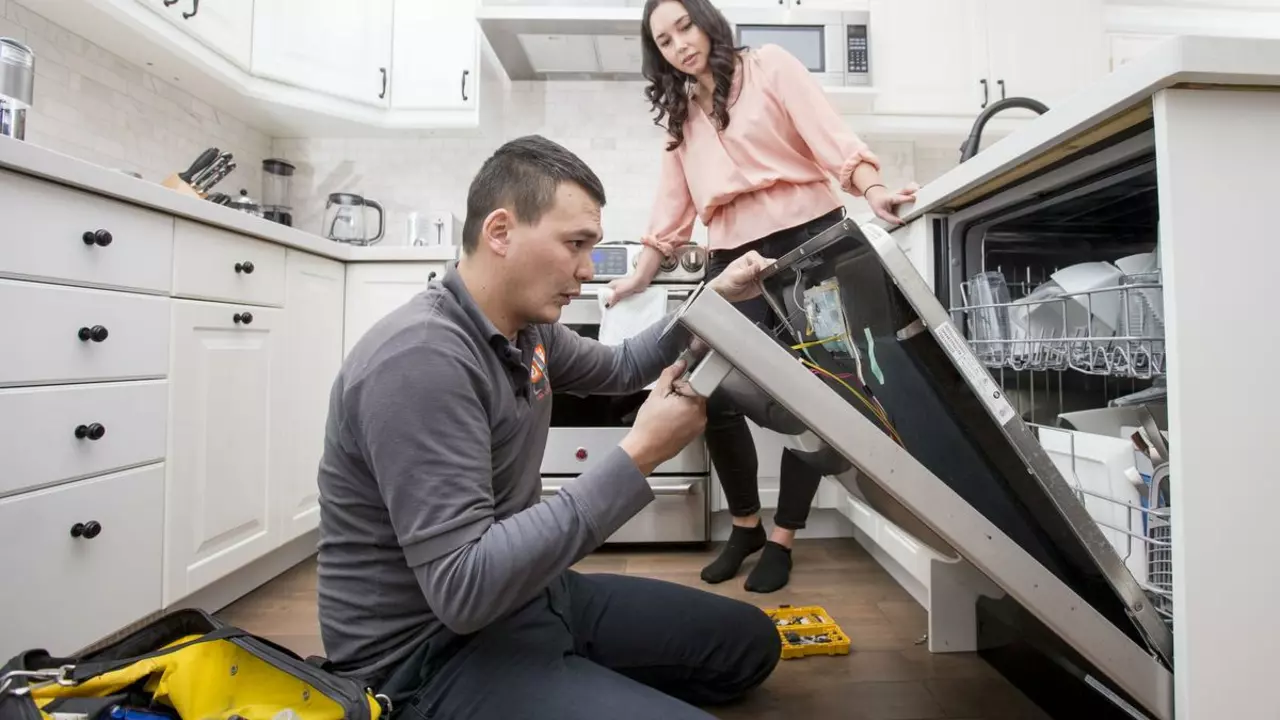Президент Монголии надел вето на 27 статей и положений закона об админстративных и территориальных единицах, включая ключевые статьи, касающиеся назначения губернаторов. Это решение было поддержано парламентским комитетом по вопросам юстиции и принято на пленарном заседании Государственного Великого Хурала.
Home Advisor Network - Page 3
 28
Jul
28
Jul
 25
Jul
25
Jul
С начала 2024 года более 37,2 тысяч жителей Кубани прошли диспансеризацию по репродуктивному здоровью, что подчеркивает растущую важность профилактики и заботы о здоровье в регионе.
 24
Jul
24
Jul
Известный американский шоколадный бренд 'Kit Kat' снова появится на полках магазинов Тюмени после трехлетнего отсутствия. Продукт исчез из магазинов в 2021 году, и возобновление производства знаменует собой значительное возвращение любимого лакомства на местный рынок.
 21
Jul
21
Jul
Футбольный клуб Зенит прокомментировал неудачу трансфера Илича, который сорвался из-за вмешательства российских властей. Илич показал впечатляющую статистику в прошлогоднем сезоне итальянской Серии А: четыре точных удара и две голевые передачи в 33 матчах.
 21
Jul
21
Jul
Анастасия Губанова принесла России победу на Чемпионате Европы по фигурному катанию. Ее выступление отличалось исключительными техническими навыками, артистизмом и стабильностью. Турнир прошел в Финляндии, собрав лучших фигуристов Европы. Эта победа станет стимулом для новых поколений российских спортсменов.
 19
Jul
19
Jul
15 июля 2024 года в Одессе произошел инцидент, когда четверо украинских солдат попытались покинуть страну. К сожалению, один из них был смертельно ранен. Этот случай поднимает важные вопросы о мотивах и последствиях таких попыток среди военных.
 19
Jul
19
Jul
16 июля 2024 года украинские пограничники задержали четырех мужчин и двоих несовершеннолетних, пытавшихся нелегально пересечь границу с Венгрией. Мужчин поймали всего в 100 метрах от границы. Мотивы и обстоятельства не уточняются.
 15
Jul
15
Jul
Аргентина одержала победу в финале Копа Америка 2024, победив Колумбию со счетом 1:0. Гол был забит Лауро Мартинесом на 112-й минуте дополнительного времени. Это 16-я победа Аргентины на Копа Америка, рекордный результат. Уругвай занял третье место, обыграв Канаду по пенальти.
 31
May
31
May
Швеция одержала победу над Канадой в бронзовом матче чемпионата мира по хоккею 2024 года в Праге. Команда Швеции проигрывала после второго периода, но смогла переломить ход игры в третьем периоде и выиграть со счетом 4:2, завоевав бронзу. Это поражение стало неожиданностью для канадцев, которые считались фаворитами турнира.
 16
Aug
16
Aug
Ever wondered if all men need to know how to fix things around the house? From fixing a leaky tap to doing basic electrical work, many home repairs can be tackled with a little know-how. As a guy, I believe that acquiring some practical skills can be empowering, not to mention helpful in a pinch. This post will delve into the debate and discuss whether or not all men need to be handy around the house, and points out the pros and cons of do-it-yourself tasks.